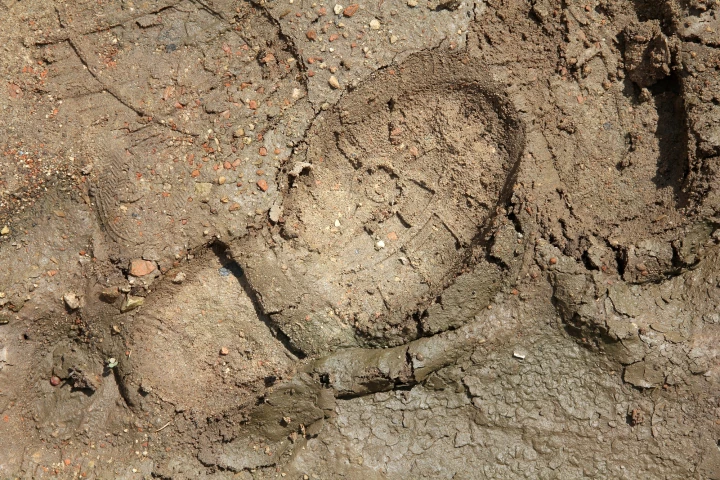Forensics
-
If you've watched even a single episode of CSI, you'll know how important it is to check suspects and crime scenes for gunshot residue (GSR). A new technique could make that task faster and easier than ever before, by causing GSR to glow green.
-
If you've ever watched CSI, you'll know that suspects often leave incriminating traces of their DNA behind at crime scenes. According to a recent study, however, the amount of that genetic material could also point to a person's guilt or innocence.
-
Even if a criminal wears gloves, their cast-off DNA may still be present in a room's air. A study suggests that if such material gets sucked up by an air conditioner, it could let investigators know if a suspect has or hasn't been in a certain room.
-
An experimental new forensic spray allows latent fingerprints to be made visible in just 10 seconds, plus it doesn't require the use of any messy powders. What it does incorporate, however, is a glowing protein that's obtained from jellyfish.
-
Although most of our clothes fold and crease with our bodies as we move, our shoes maintain the same shape and appearance pretty much all the time. With that fact in mind, scientists are now developing a method of catching criminals via shoe ID.
-
Despite overall improved mortality rates, the number of people found at home so decomposed that it is impossible to determine their cause of death is on the rise in parts of the UK. A new study tries to parse the cause.
-
Lending new meaning to the phrase ‘cat burglar’, a single feline hair left at a crime scene can be traced back to an individual animal through a new method that can highlight a unique, rare genetic ‘fingerprint’. You could say it turns the cat into a rat.
-
Even if someone's fingerprints are found on an incriminating document, that person may claim that they handled the blank paper before the criminal printed anything on it. A new technique, however, can now be used to check if that really was the case.
-
It would be great if forensics teams could easily lift fingerprints off of bullet casings left at crime scenes, but unfortunately doing so is often very difficult. A new technique developed at the University of Nottingham could change that.
-
We've all seen episodes of CSI where the dirt on a suspect's shoes is only found in one location. While that scenario is a bit far-fetched, new research shows that soil analysis may be used to eliminate large geographical areas from police searches.
-
Over the years, archeologists have unearthed the remains of members of the infamous Franklin expedition, although it hasn't been possible to confirm their identities. Thanks to DNA analysis, however, scientists have now done so for the first time.
-
When it's determined that a boater is officially missing at sea, it helps very much to know when and where their vessel sank. According to new research, barnacles growing on flotsam could provide that information.
Load More











